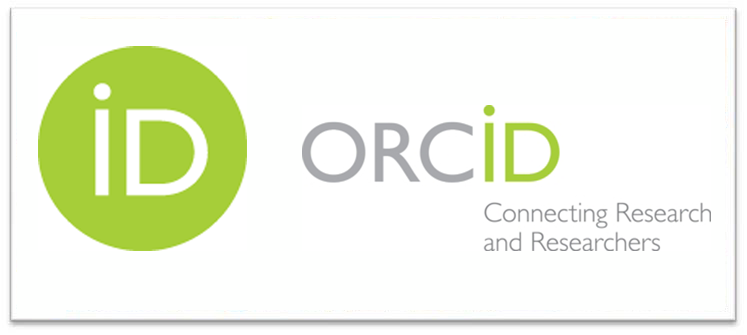HUBUNGAN USIA GESTASI DAN BERAT LAHIR DENGAN KEJADIAN HIPERBILIRUBIN PADA BAYI BARU LAHIR
Abstract
Background: The infant mortality rate is mostly caused by low birth weight (LBW). LBW can occur in infants with premature or term gestational age. LBW infants have risk factors for complications, one of which is hyperbilirubinemia. Methods: The type of research used in this study is correlational analytic method, which is looking for the relationship between one variable and another to determine the relationship between gestational age and birth weight with the incidence of hyperbilirubinemia in newborns. The design used is cross sectional, which is a research design by measuring or observing at the same time, one time or a study. The sampling technique used in this research is non-probability sampling, which is purposive sampling, namely the technique of determining the sample with certain considerations, all subjects who meet the inclusion criteria in the study, and obtained as many as 78 respondents. Results: The results showed that the majority of respondents with good knowledge were 64 people (79.49%), and the majority of respondents with adequate birth weight were 70 people (89.74%). Conclusion: It was identified that the incidence of neonatal jaundice was associated with the incidence of low birth weight babies.
Keywords: gestational age, birth weight, hyperbilirubin in BBL















